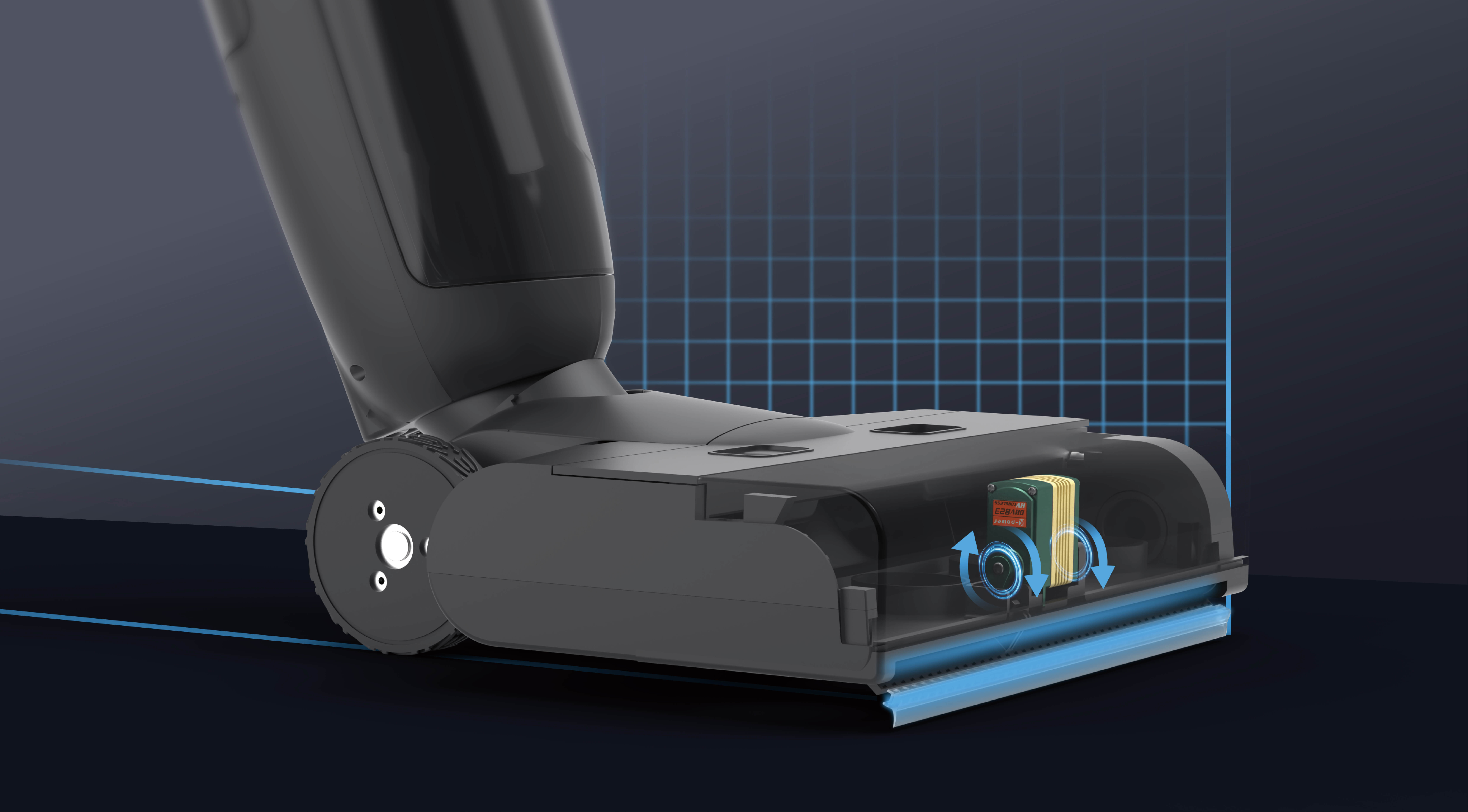Unlocking the Power of Precision: A Deep Dive into the Schematic Diagram of AC Servo Motor
In the realm of automation, robotics, and precision manufacturing, the AC servo motor stands as a cornerstone device that seamlessly converts electrical energy into controlled mechanical motion. Its reputation for delivering high torque at low speeds, excellent accuracy, and rapid response time makes it indispensable in industries ranging from aerospace to automotive assembly lines. Yet, beneath its elegant performance lies a complex yet systematically designed schematic diagram—a blueprint that reveals the inner workings of this sophisticated component.

Understanding the schematic diagram of an AC servo motor isn't just an exercise in electrical engineering; it’s a journey into how modern technology orchestrates countless tasks with finesse. The diagram acts as a map, guiding engineers and technicians through the motor's electrical circuitry, control systems, and feedback mechanisms. It illuminates how each part interacts harmoniously, ensuring the motor performs with both power and precision.
At the core, an AC servo motor differs from standard AC motors due to its integrated feedback system—usually a rotary encoder or resolver—that provides real-time data about the shaft's position, speed, and torque. This feedback loop is vital for closed-loop control systems, forming the backbone of accuracy in control applications. The schematic diagram reflects this, illustrating sensors, controllers, power modules, and protective devices.
Key Components in the Schematic
Let’s start by visualizing the typical schematic diagram of an AC servo motor. While variations exist depending on design specifics, the fundamental components remain largely consistent:
Power Supply and Inverter Circuitry: The AC servo motor typically features a three-phase inverter, converting DC voltage into a controlled three-phase AC signal. This inverter supplies the stator windings with variable frequency and amplitude, enabling precise speed control. The inverter's design involves power transistors like IGBTs (Insulated-Gate Bipolar Transistors), which rapidly switch to generate the desired sinusoidal waveforms.
Controller Unit: At the heart of the control system lies a sophisticated controller, often a dedicated servo drive or a programmable logic controller (PLC). It processes input commands—such as desired position or speed—and compares them against feedback signals to calculate the necessary adjustments. The schematic shows lines indicating signal flow between the controller and the inverter, forming a closed feedback loop.
Feedback Devices: An essential part of the schematic, feedback devices like rotary encoders or resolvers, are mounted on the motor shaft. They continuously send position and speed data back to the controller. Typically illustrated with symbols resembling a encoder wheel or resolver coil, these components are crucial for accurate motion control.
Sensor and Safety Devices: Not to be overlooked are additional sensors—temperature sensors, overload detectors, or emergency stop switches—that safeguard the system. These are connected within the schematic to ensure real-time safety monitoring and protection.
How Electrical Signals Flow in the System
Visualizing the flow of electrical signals reveals the meticulous orchestration behind a servo system. The process begins when a command signal—either digital or analog—is sent to the control unit. The controller interprets this command and determines the required voltage, frequency, and phase for the inverter to produce the corresponding AC output.
The inverter then supplies this controlled AC voltage to the motor's stator windings. Since AC currents generate rotating magnetic fields, the rotor—from a brief glance at the schematic—can be seen as reacting to these fields, developing torque that drives it to the desired position or speed.
Meanwhile, the rotor’s position and speed are fed back via the encoder or resolver. These signals are compared against the command inputs, and the controller adjusts the inverter’s output accordingly, forming a continuous loop that maintains precise control. It's similar to a dance—each component responds dynamically, adjusting to every twist and turn with astonishing accuracy.
Mechanical and Electrical Integration
On the mechanical side, the schematic also hints at coupling mechanisms—such as coupling shafts or gearboxes—that connect the motor's rotor to the load or workpiece. Though often depicted outside the electrical schematic, understanding this interface is critical for applications requiring high precision.
From an electrical perspective, the schematic diagram emphasizes the importance of proper grounding, filtering, and protective components. For example, snubbers or reactors are included to mitigate voltage spikes, while fuses or circuit breakers protect against overloads and short circuits. These elements ensure the system’s reliability and durability under demanding operational conditions.
The Role of Advanced Control Algorithms
Modern schematic diagrams of AC servo systems often incorporate control algorithms like PID (Proportional-Integral-Derivative) controllers or more advanced fuzzy logic and adaptive control strategies. These are embedded within the control unit, depicted abstractly in the schematic as blocks labeled “Control Algorithm” or “DSP” (Digital Signal Processor). They fine-tune the response time, damping oscillations, and optimize performance according to the application's specific needs.
Applications and Significance
By now, it’s evident that a schematic diagram of an AC servo motor isn’t just a static drawing—it embodies the essence of high-precision machinery. Whether controlling robotic arms, CNC machines, or camera cranes, understanding this diagram allows engineers to troubleshoot, improve, and innovate.
This knowledge further reveals why AC servo motors, when intricately mapped out through their schematic diagrams, are celebrated for their reliability and versatility. Their ability to convert digital commands into smooth, controlled mechanical motion forms the backbone of modern automation industries.
Leveraging innovations in modular drive technology, Kpower integrates high-performance motors, precision reducers, and multi-protocol control systems to provide efficient and customized smart drive system solutions.




































